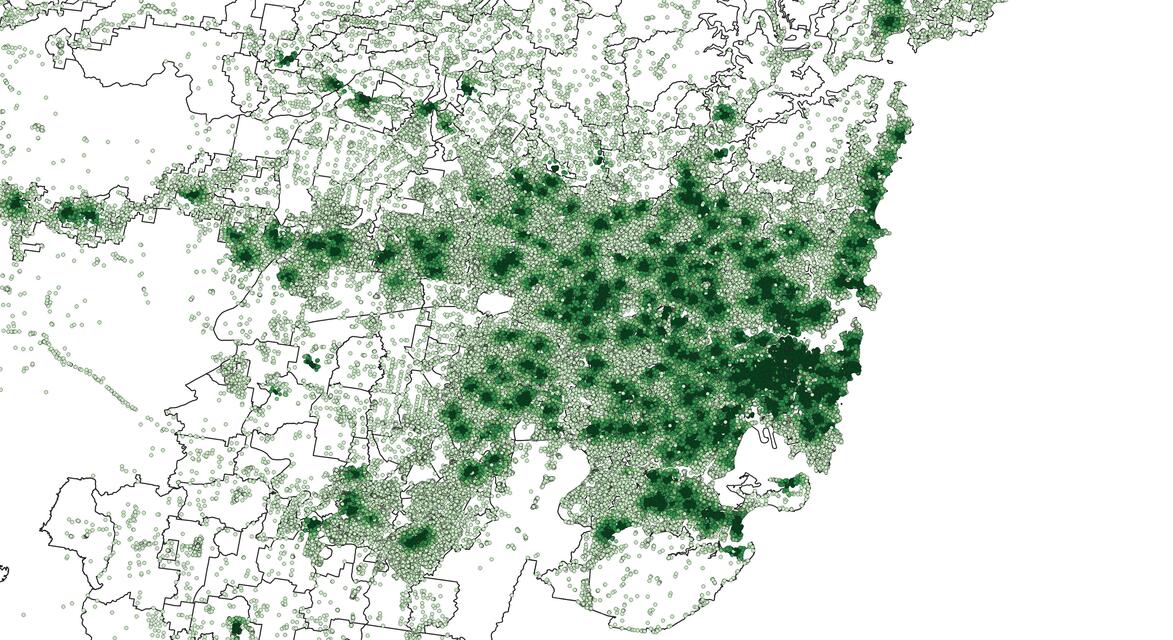
@colby yes I'm assuming they're going to be programmed to a higher standard than human drivers. Of course it's a big assumption. But isn't that the whole selling point for those who want them - that they will be safer than human drivers?
@benjamingeer But trying to cheer myself up with the positives of some alternative futures too.
In a world where every AV ends up travelling at the speed of the slowest cyclist, they may also effectively eliminate themselves as everyone who doesn't need to be in a car finds that they can get around faster and/or cheaper on a bike...
@benjamingeer "Dans la majorité des cas, ces accidents étaient le résultat d’un dérapage ou d’une perte de maîtrise du vélo, et les cyclistes en étaient souvent les responsables." and for ebikes they say 3/4 were due to the cyclist. So most of them are still occuring without cars.
Of course, the feeling of safety is a subjective thing, and is just as important as objective safety in influencing people to cycle or not. And I have no problem with banning cars, all for it!
@njtierney "If you’ve found yourself copying the internals of a function over to another script and hard coding the arguments at the top of the script and running the code line by line, then this is especially for you."
I feel like I do this more in Python than in R, any tips for that?
And if the robots are all chill, below-the-speed-limit drivers, it will become much more difficult for other drivers to speed around them, and people will have to unlearn aggressive driving even if they still want to drive themselves.
I'm now kinda looking forward to a future where I take over Mitchell Road, side by side with my fellow cyclist, without fear or guilt. Got to be optimistic about something in this messed up world!
... I felt much safer than in Australia, and it took a remarkably little time to build that trust, based on the behaviour of a subset of drivers, and apply it to the drivers as a whole. Without being able to speak to or in some cases even see drivers, you can get a vibe of whether you are respected as just another person getting down the road, or an aberrant other getting in the way.
Why do I think it won't be too hard to gain that trust - note I'm not talking about the technical side of identifying cyclists. I have no idea about that and how close we are.
I mean from the human side, why will I feel safe knowing autonomous cars are driving around me? Well, it's not like I get to make eye contact with every human driver and assess whether they seem sane, competent and calm, particularly drivers behind me. Some trust is already involved. I've cycled in countries where [...]
Random thoughts. I'm actually pretty optimistic about AVs as far as comfort for other people on the roads, especially cycling.
*If* we get to a point where I feel at least as much trust that the robot will see me as the average driver - and building this trust is probably easier than people imagine - I can cycle without worrying about abuse, harassment and unsafe passing from drivers who are irrationally upset by the presence of cyclists. Robots will have no such feelings :)
The CRC RACE for 2030 Pathways to Net Zero Precincts (NZP) project has been awarded to Curtin University for a three year period and includes 3 PhD scholarships. The project’s overarching research question is: How do we integrate appropriate design, technologies and governance models to enable net zero to work effectively in different urban fabrics?
@jedsetter Yeah that's what I'm imagining. Which people are potentially going to find weird/unpleasant because it's not the mix we are used to, and the remaining vehicles are much less safe for a cyclist or pedestrian to encounter, even if there are fewer vehicles (overall or per head)...
their vehicle, even when it's objectively expensive and inconvenient - and these people nowadays are overwhelmingly choosing these high-fronted SUVs and 'trucks'.
So we have streets where the parked cars, mostly used for occasional weekend trips, are a mix of smaller and older cars. But the vehicles actually passing me (as I stand at the bus stop musing) are on average larger.
Is this effect inevitable with any increase in sustainable mode share?
Thinking about the big cars/SUVs/utes in Sydney at the moment. I think there's probably an evaporative cooling effect (thanks https://www.lesswrong.com/posts/ZQG9cwKbct2LtmL3p/evaporative-cooling-of-group-beliefs) that makes things look even worse than they 'are', in areas like mine.
Erskineville has really high rates of people cycling, walking and taking public transport to work. So who's left in vehicles? People who need them - so genuine tradie utes, heavy vehicles, etc. And people whose identity is involved in driving and (...)
Seen on this street last night but I did not take a photo because it involved other people's children: groups of largish (10-12yo) kids doing trick or treating with high vis vests over their costumes 😞
"We conclude that the RCB (Remaining Carbon Budget) for a 50% chance of keeping warming to 1.5 °C is around 250 GtCO2 as of Jan 2023, equal to around six years of current CO2 emissions. For a 50% chance of 2 °C the RCB is around 1,200 GtCO2."
An update to the IPCC's CO2 budgets, which are several years old, in terms of newer data and updated methods. NOT good news.
Follows a previous paper in ESSD by Forster et al. (2023) with comparable findings.
Open access:
https://www.nature.com/articles/s41558-023-01848-5
Another Erskineville spring evening, in this photo:
- jacarandas
- a lovely bike cut-through creating a safe route home for me and
- streets so quiet that people are walking in the roadway, and
- a share bike, parked well out of the way (I think)
- a delivery cyclist wearing hi-vis clothing as is the law nowadays in NSW, because that's easier to impose on the poor souls than making more streets like this
@mszll @martinfleis @robinlovelace Then perhaps smaller family sizes are having an impact too. Even as the oldest child (I was), I think my parents were happier for me to go to the park with one of my younger sisters than for either of us to go alone.
May still publish the hedonic side of it in the future (it became much too big to fit in this paper) but concentrating on writing that up as a chapter to get my thesis out the door right now.
• how to reconcile the catchiness of a '0-100' score while imposing less judgement on what 'full walkability' looks like: complicated, but the diminishing returns thing helps.
Surprising absolutely no one, Australian cities don't perform very well outside of the very centre, apart from good walking access to parks and some amenities like local cafés.
As part of a property price modelling project, I wanted to build an 'open Walkscore' using Pandana, as suggested in their original paper (https://onlinepubs.trb.org/onlinepubs/conferences/2012/4thITM/Papers-A/0117-000062.pdf).
This led to thinking about:
• what could be in a walkability index, answer: everything - which also means you can use the same design for other modes,
• how to incorporate people's desire to visit multiple places: incorporates infinite destinations, but with diminishing returns to increasing destination numbers, and
2/3
- Home page
- https://josephineroper.com/
- Research Gate
- https://www.researchgate.net/profile/Josephine-Roper
- Open source walkability index
- https://github.com/JosephineRoper/THERE
- Climbing by sustainable transport blog
- https://carlesscragging.wordpress.com/
PhD student at UNSW City Futures Research Centre. Committee member of WalkSydney (https://walksydney.org/). Interested in access, walkability, sustainable transport in general, open source urban analytics. Transport cyclist, climber, plant based.
